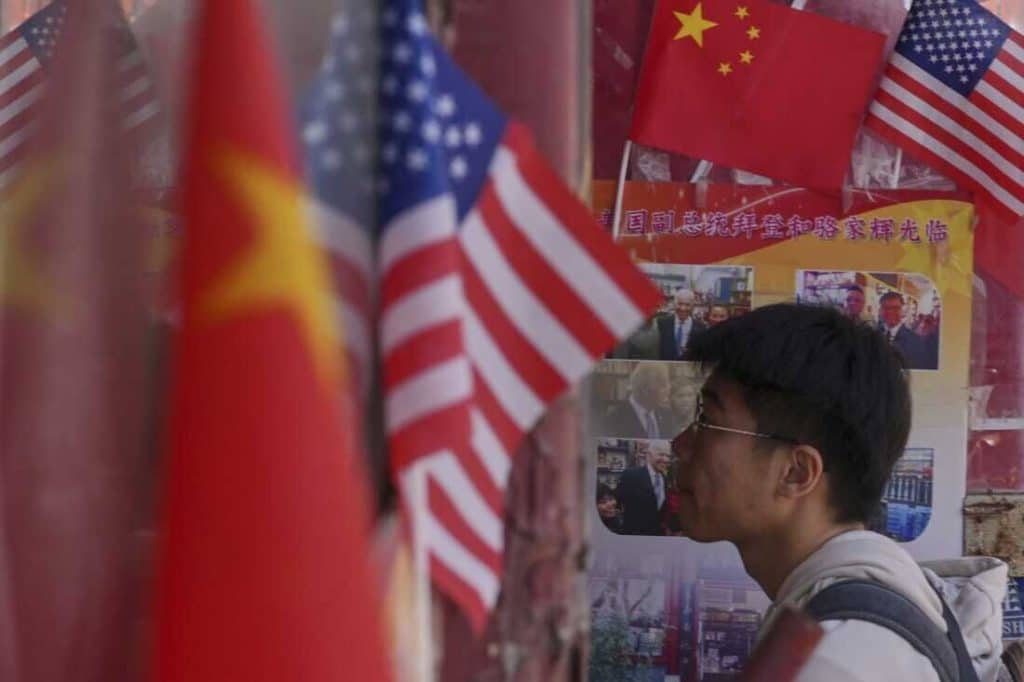Why are Chinese scientists leaving the US?
After the US tightened its H-1B visa restrictions, which led to a diversion of tech talent, many Chinese scientists, academics and researchers, including Harvard mathematician Liu Jun, computer scientist and blockchain expert Chen Jing, and rising AI star Fu Tianfan, have returned from the US to work at prestigious institutions in cities such as Beijing, Nanjing, and Shenzhen.
Lizzie Lee, a researcher at the Asia Society Policy Institute in New York, told Channel News Asia that this is not a “sudden increase” but has been building for some time.
Stating that the trend of return is seen in “early and mid-career Chinese scientists,” he added that factors such as “visa restrictions in the United States,” “increasing H-1B visa application fees,” and “reductions in federal funding for research” have reduced the attractiveness of the environment for Chinese-born scientists and limited their career advancement.
The researcher also points to China’s increased investment in science and technology, noting that Beijing has made science and technology a national priority and is offering incentives through well-equipped laboratories, large government funds, subsidized housing, and family relocation support.
According to Li, the trend is different this year, as Beijing offers many more opportunities and sees its returnees advancing their careers.
These statements come as Chinese students and academics in the United States have faced increased pressure and restrictions since Donald Trump returned to the White House, including the cancellation of Chinese student visas. According to Lizzie Lee, the return of the elite will also return international credibility and networks to China and can strengthen the country’s position in technology leadership.
According to IRNA, global competition to attract technology talent has become a key component of economic power and innovation in recent years, and now, with the increase in strict US policies and the cost of H-1B work visas, the pressure on technology companies to find flexible alternatives has increased.
In this regard, the governments of China and India have used this opportunity to develop their global centers of competence to both increase their share in attracting skilled labor and change and redefine the trajectory of international talent, the landscape of regional and global competition in the field of technology.
The Chinese government also announced in a statement that it will launch the K work visa program on October 30 to attract foreign graduates in STEM (Science, Technology, Engineering, and Mathematics) fields, allowing applicants to enter, reside, and work in the country without the need for a job offer.

